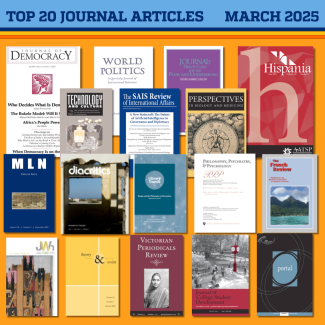Guest post by Richard C. Carpenter.
Continued from Part One, posted Monday, February 24. Locomotive expert Richard C. Carpenter picks up his discussion of mile posts.
When we drive along the interstate highway system, we measure our progress by mile markers, which are placed just off the right shoulder of the roadway. Interstate standards require that they be measured from zero at the state line and run to the next state line—west to east and south to north.
Railroads have long had their mile markers, too. They are called mile posts. These mile posts are the geographical measure of a railroad line. Their zero mile post locations and their end points often tell us something about the history of the line. Mile posts allow train crews to determine their exact location along otherwise nondescript stretches of geography.
They are also referenced when numbering bridges, and used to define the limits of speed restrictions.
Each railroad has its own style of mile post and its own way of numbering mile posts. Several railroads use their mile posts to measure every main and branch line from one zero location.
The New York, Chicago, and St. Louis Railroad, also known as the Nickel Plate Road, had three lines which crossed the Midwest.
The Buffalo to Chicago main line of the original Nickel Plate Road, which ran from its zero milepost at Buffalo, NY (“BUF” ), west via Cleveland and Fort Wayne to Chicago (“CHI”) at mile post 515, just east of Park Manor, where it joined the New York Central to reach La Salle Street Station in Chicago via trackage rights.
Two other lines, which merged into the Nickel Plate in 1922, provided western connections to Peoria and St. Louis. The former Lake Erie and Western ran from its zero mile post at Sandusky (“S” on the milepost) via Bellevue, Ohio and Frankfort, Indiana to mile post 413 on the east side of Peoria, IL (“P” on the mile post).
The Toledo, St. Louis, and Western Railroad (also known as the Clover Leaf) went from its zero milepost at Erie Street terminal station at Toledo (“TOL”) west via Frankfort, Indiana, to mile post 450 at East St. Louis, Illinois (“St.L”)
Nickel plate mile posts were cast concrete, with the letters and numbers cast in the concrete. Origin letter and mileage appeared on one side and destination letter and mileage on the other .
The Erie Railroad ran from Jersey City, NJ to Chicago, Illinois, in three separate mile post segments, as described below.
The Erie used concrete mile posts, with the zero mile post location symbol and the mileage numbers cast on the face.
The original Erie main line was the New York and Erie from Jersey City, New Jersey (“JC”) via Salamanca, New York (mile post 412), to mile post 460, at Dunkirk, New York, on Lake Erie.
From its mile post zero at Salamanca, New York, the original Atlantic and Great Western ran west and southwest via Marion, Ohio ( mile post 305), to its end at mile post 388, at Dayton, OH. Mile post 305 was directly under the “stilts” which supported the Erie’s “AC” tower
From its zero mile post at Marion, Ohio, the Chicago and Erie extended westward to Chicago, Illinois, with an end-on junction with the Chicago and Western Indiana rails at their “State Line” interlocking tower at Hammond, Indiana, west of mile post 249.
My atlas series,
A Railroad Atlas of the United States in 1946, show the milepost origin and destination points of all railroad lines. The names of these points are printed just outside the neat lines of each map page.
Below are some maps from Richard C. Carpenter's books.
 Richard C. Carpenter is the author and illustrator of five volumes of
Richard C. Carpenter is the author and illustrator of five volumes of A Railroad Atlas of the United States in 1946
, published by Johns Hopkins University Press. His most recent book is A Railroad Atlas of the United States in 1946, Volume 5: Iowa and Minnesota. Now retired, Carpenter was the executive director of the South Western Regional Planning Agency in Connecticut.



